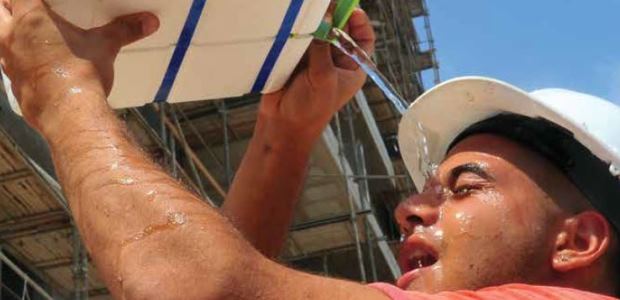
By Iris Floyd
Non-weather dependent hot work environments are created by the heat generated and/or contained within the environment, due to the task being performed, or both.
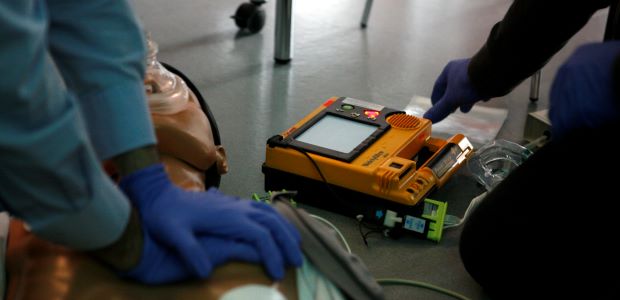
By Mike Stearns
There are still scenarios where the AHA strictly recommends conventional CPR.

By Jerry Laws
While Director Brian Salerno calls it "one of the most comprehensive offshore safety and environmental protection rules ever developed by the Department of the Interior," one industry group said the rule "could result in unintended negative consequences leading to reduced safety, less environmental protection, fewer American jobs, and decreased U.S. oil and natural gas production."

By Thom Wellington
Despite CDC recommendations, there is no law requiring infection prevention training for any construction worker or other vendor working in a health care facility.

By Jerry Laws
For those who attended the 2015 National Safety Council Congress & Expo nine months ago, the facility’s layout and downtown Atlanta are familiar territory.

By Dustin Boss
Next is the concern that PPE is unattractive or doesn't fit properly. If employees are content with their appearance, they will be more likely to use PPE.
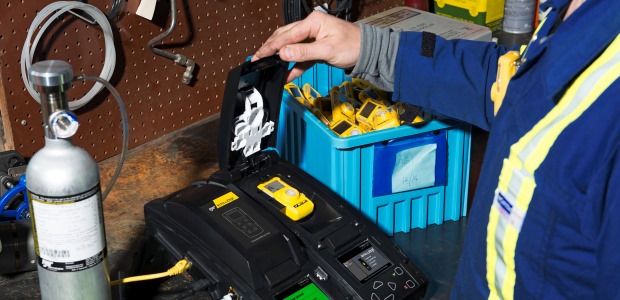
By Praveen Sharma
Temperature, humidity, and pressure levels at the location all have a direct bearing on the type of equipment that should be selected.
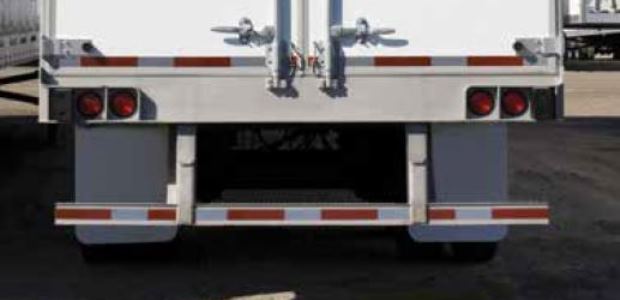
By Matt Holden
The ripple effects of the 2016 proposed rule have yet to be determined.
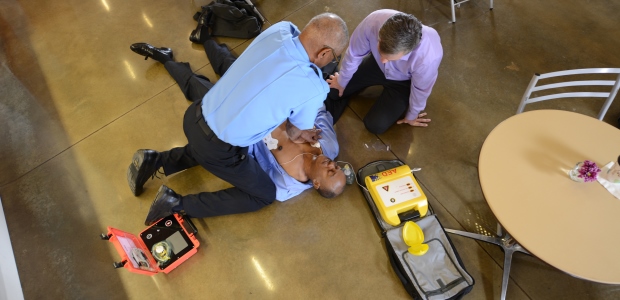
By Jeff A. Woodin
Setting up an AED program takes planning but is not difficult. Here are the key steps to implementing one within the workplace.

By Jerry Laws
Yoga classes were the top wellness activity for incentives, and 41 percent of the MeetingsNet/IRF survey’s respondents said they consciously build wellness opportunities into their agendas.

By Sean Roark
Here are a few responses that will help keep the red pen away from your program.
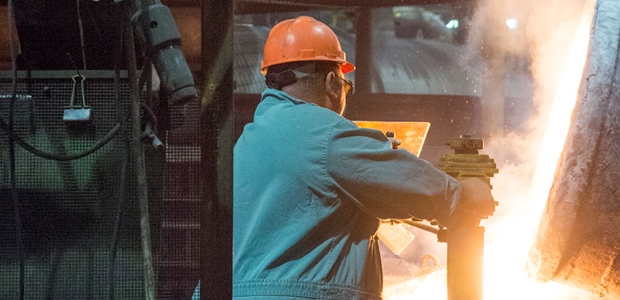
By Lisa Neuberger
If an employee needs medical treatment for heat stress, you would mark that as an illness on the OSHA 300 Log.
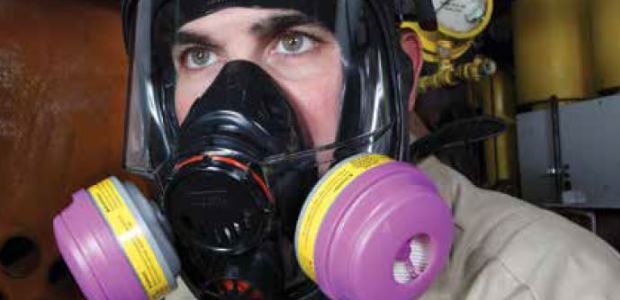
By Robert M. Ghent Jr.
It is important to remember that any chemical that is ototoxic is also likely to be poisonous to the kidneys, because the inner ear and the kidneys arise from the same germ layer during embryonic development.
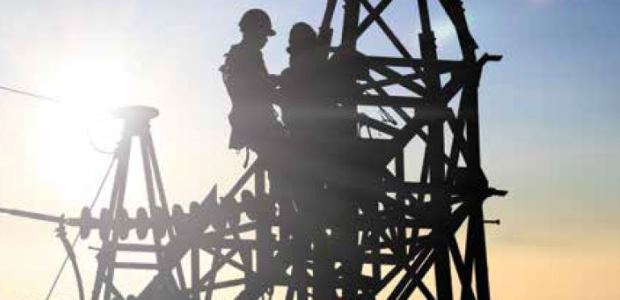
By Jerry Laws
When safety becomes one of the design criteria for a project, it's a much more economical approach for that customer or company.
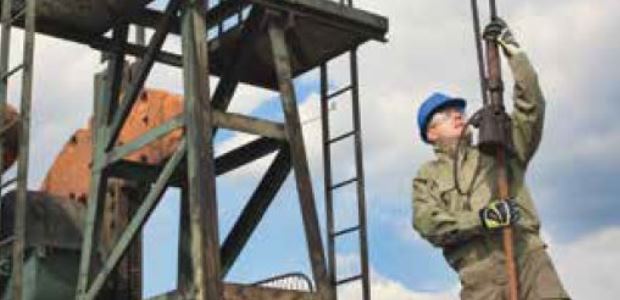
By Jennifer Choi
Using effective control factors to streamline PPE selection and simplify conformity across sites has the full attention of today’s safety managers.
By Robert Pater
Wise companies have attempted many strategies for mitigating the drag-down effects of older workers while trying to maximize their strengths.
By Jerry Laws
Efforts by the fishing industry, Coast Guard, and National Marine Fisheries Service have all contributed to the fleet's improved safety.